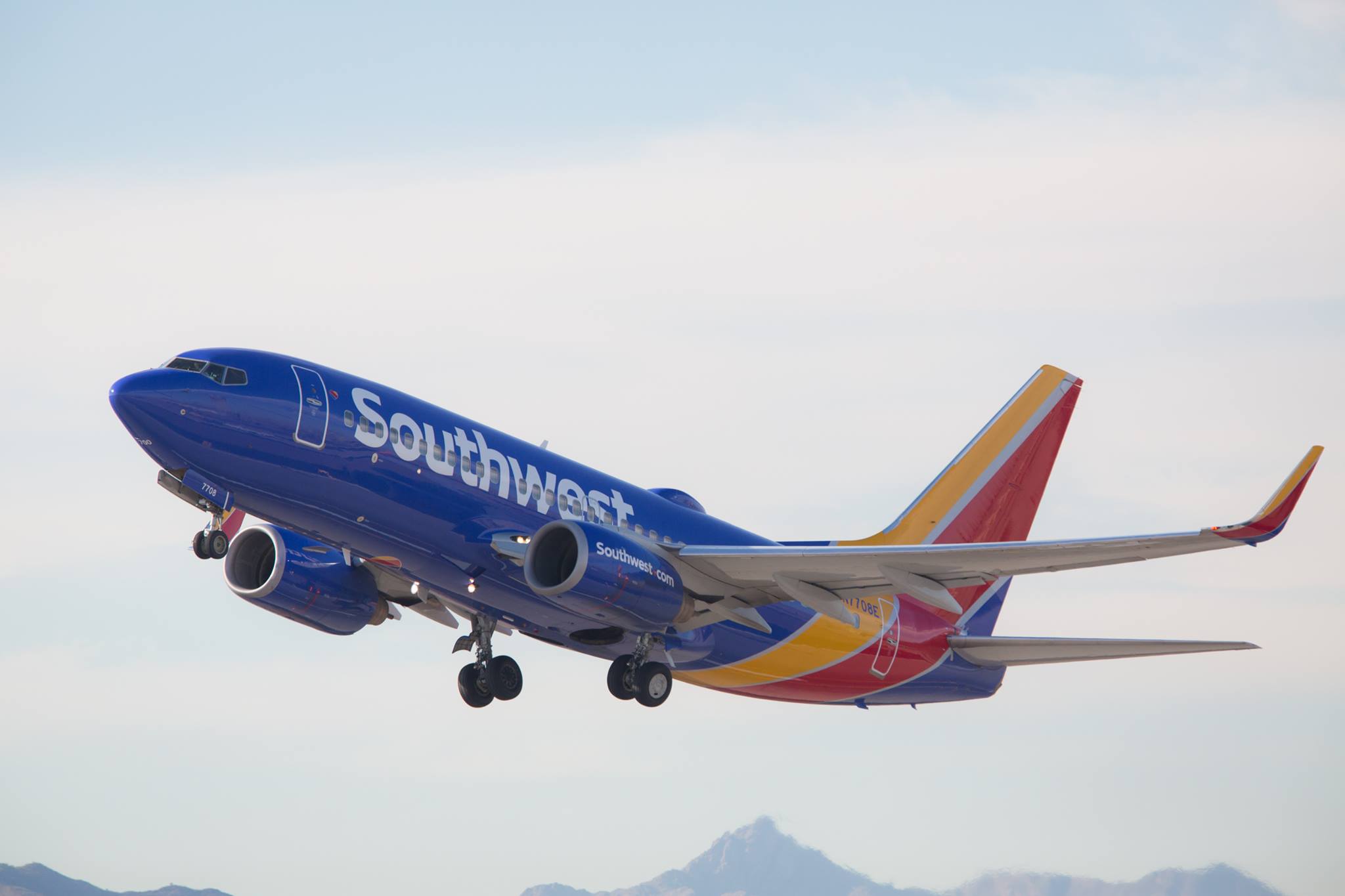Stocks largely gave up ground on Tuesday, falling back but giving up only a small portion of their recent gains over the past couple of weeks. Some market participants are waiting to see whether the Federal Reserve will signal any change in policy when it concludes its two-day meeting on Wednesday, especially in light of the massive rebound in stocks that paints an optimistic picture of the economy's future. The Dow Jones Industrial Average (^DJI 0.17%) and S&P 500 (^GSPC 0.06%) were both down as much as 1%, but the Nasdaq Composite (^IXIC 0.06%) managed to buck the downtrend and gain ground.
Today's stock market
|
Index |
Percentage Change |
Point Change |
|---|---|---|
|
Dow |
(1.09%) |
(300) |
|
S&P 500 |
(0.78%) |
(25) |
|
Nasdaq Composite |
0.29% |
29 |
Data source: Yahoo! Finance.
Some of the hardest-hit stocks on Tuesday were those that had performed the best in the recent rally. Airlines were among the biggest decliners, and some industry watchers fear that even though their stocks remain well below where they were before the coronavirus pandemic struck, it could be tough for air carriers to make a lot more progress from here in the short run.
Giving back some altitude
The losses for airline stocks spanned the entire industry. Among major carriers, American Airlines Group (AAL 2.16%) saw the biggest drop at 9%, but United Airlines Holdings (UAL 2.18%) and Delta Air Lines (DAL 1.28%) had to deal with 8% declines. Southwest Airlines (LUV +0.05%) saw its stock fall 6%.

Image source: Southwest Airlines.
Smaller carriers saw losses in generally the same neighborhood. Spirit Airlines (SAVE +0.00%) got hit especially hard with an 11% drop, but other stocks were generally down 7% to 9% on the day.
It's important to put today's move in the context of the huge gains that airline stocks have posted lately. On the positive side, the number of travelers taking to the skies has started to move higher, allowing companies to start offering more flights and expand their schedules to some extent. Signs of increased future demand are also making shareholders of airlines more optimistic about their ability to rebound over the long run.
Yet today's move seemed to recognize the harsh reality for airlines. Even with recent improvements, travel isn't likely to get anywhere close to where it was before the pandemic in the near future. Some analysts believe it could take years for traffic levels to regain their lost ground.
What will airlines look like?
The bigger question is what air travel is going to look like after traffic returns to normal. At least so far, no one seems ready to consider returning to the old normal of jam-packed aircraft with hardly a seat to spare. Yet leaving middle seats empty means accepting at best 67% load factors, which is far below where airlines were before the pandemic.
The economics of air travel could require airlines to respond by boosting fares. What impact that will have on the traveling public is highly uncertain, especially given that tens of millions of people are unemployed and many others are making do with jobs that are still getting disrupted by stay-at-home orders and other coronavirus-related measures. At the same time, cost-cutting measures could mean huge layoffs for airlines, potentially adding negative publicity after airlines took billions of dollars of federal aid to stay in the air.
Owners of airline stocks can expect plenty of turbulence in the months ahead, and at least for now, the big rally in airlines could be over. In the end, how airlines adapt to changing conditions will determine whether their stocks remain good investments for long-term investors.












